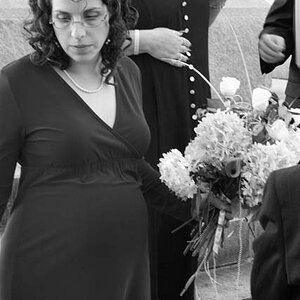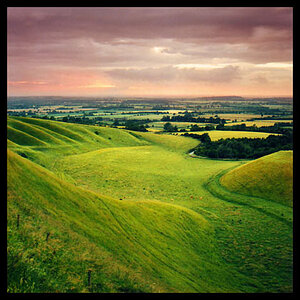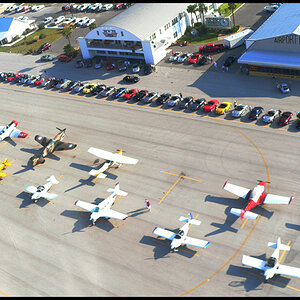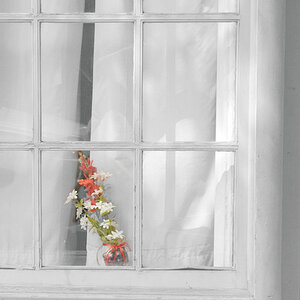smedz28
TPF Noob!
- Joined
- May 9, 2016
- Messages
- 2
- Reaction score
- 0
- Location
- Fife, Scotland
- Can others edit my Photos
- Photos OK to edit
At this point i've used it twice and i'm unsure of if I am actually changing the power setting correctly, so I guess a description of how to correctly adjust the power in manual mode as I would be looking to use this off camera. Unless I am looking at it wrong the power seems to change regardless of which directional buttons I press and I don't really understand the scale, if I remember correctly once you go through all the stops of power there seems to be a kind of -1 and 2 thing going on once you cycle through the range of power setting?





![[No title]](/data/xfmg/thumbnail/33/33490-cbbf9df0a1c31291ee7a3759afe943cc.jpg?1619736003)




![[No title]](/data/xfmg/thumbnail/38/38736-5bc266b035e23faf5ad942bdd97466a8.jpg?1619738703)
![[No title]](/data/xfmg/thumbnail/31/31750-f3936d67895e1ef2756eb06d7b15fe9c.jpg?1619734990)

